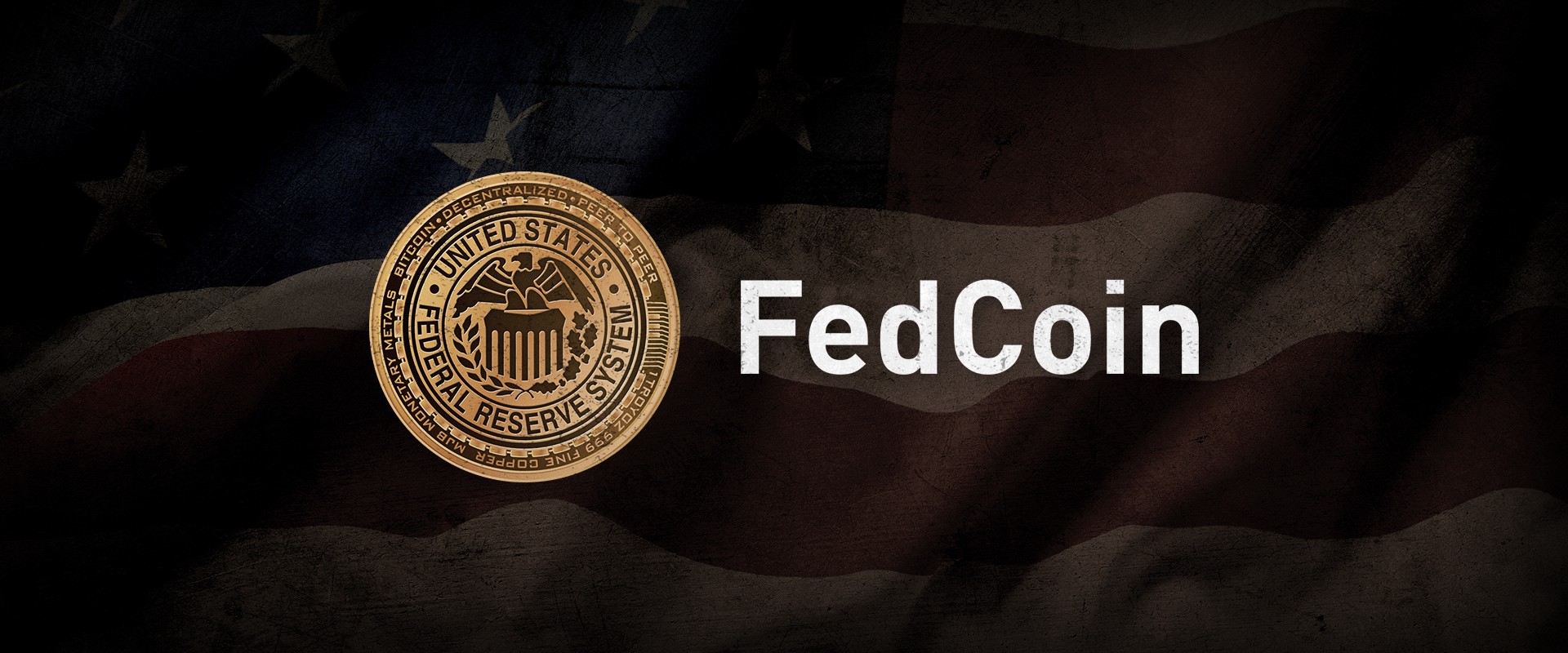PALO ALTO, Calif. (Reuters) - The Federal Reserve is taking a look at a broad series of concerns around digital payments and currencies, including policy, style and legal considerations around potentially providing its own digital currency, Guv Lael Brainard stated on Wednesday. Brainard's remarks recommend more openness to the possibility of a Fed-issued digital coin than in the past." By transforming payments, digitalization has the prospective to provide higher value and convenience at lower cost," Brainard stated at a conference on payments at the Stanford Graduate School of Organization.
Reserve banks worldwide are debating how to manage digital financing innovation and the dispersed ledger systems utilized by bitcoin, which promises near-instantaneous payment at possibly low expense. The Fed is developing its own day-and-night real-time payments and settlement service and is presently examining 200 comment letters sent late in 2015 about the suggested service's style and scope, Brainard said.
Less than two years ago Brainard told a conference in San Francisco that there is "no engaging showed requirement" for such a coin. But that was prior to the scope of Facebook's digital currency aspirations were widely known. Fed officials, including Brainard, have actually raised concerns about customer defenses and data and privacy dangers that could be posed by a currency that could enter into use by the third of the world's population that have Facebook accounts.
" We are teaming up with other central banks as we advance our understanding of reserve bank digital currencies," she said. With more countries checking out providing their own digital currencies, Brainard said, that contributes to "a set of factors to also be making sure that we are that frontier of both research and policy advancement." In the United States, Brainard said, problems that require research study include whether a digital currency would make the payments system much safer Website link or simpler, and whether it could position financial stability risks, including the possibility of bank runs if money can be turned "with a single swipe" into the central bank's digital currency.
To counter the financial damage what is fed coin from America's unmatched nationwide lockdown, the Federal Reserve has taken unmatched actions, including flooding the economy with dollars and investing straight in the economy. The majority of these moves received grudging approval even from many Fed skeptics, as they saw this stimulus as needed and something only the Fed could do.
My new CEI report, "Government-Run Payment Systems Are Unsafe at Any Speed: The Case Against Fedcoin and FedNow," information the threats of the Fed's existing strategies for its FedNow real-time payment system, and propositions for central bank-issued cryptocurrency that have been called Fedcoin or the "digital dollar." In my report, I discuss concerns about privacy, information security, currency control, and crowding out private-sector competitors and innovation.
Supporters of FedNow and Fedcoin state the government what is a fedcoin needs to develop a system for payments to deposit immediately, rather than motivate such systems in the private sector by lifting regulatory barriers. However as kept in mind in the paper, the private sector is supplying an apparently Check out the post right here limitless supply of payment innovations and digital currencies to solve the problemto the degree it is a problemof https://paxtonktfn337.shutterfly.com/163 the time gap between when a payment is sent out and when it is gotten in a bank account.

And the examples of private-sector innovation in this location are many. The Clearing House, a bank-held cooperative that has actually been routing interbank payments in various types for more than 150 years, has been clearing real-time payments since 2017. By the end of 2018 it was covering 50 percent of the deposit base in the U.S.